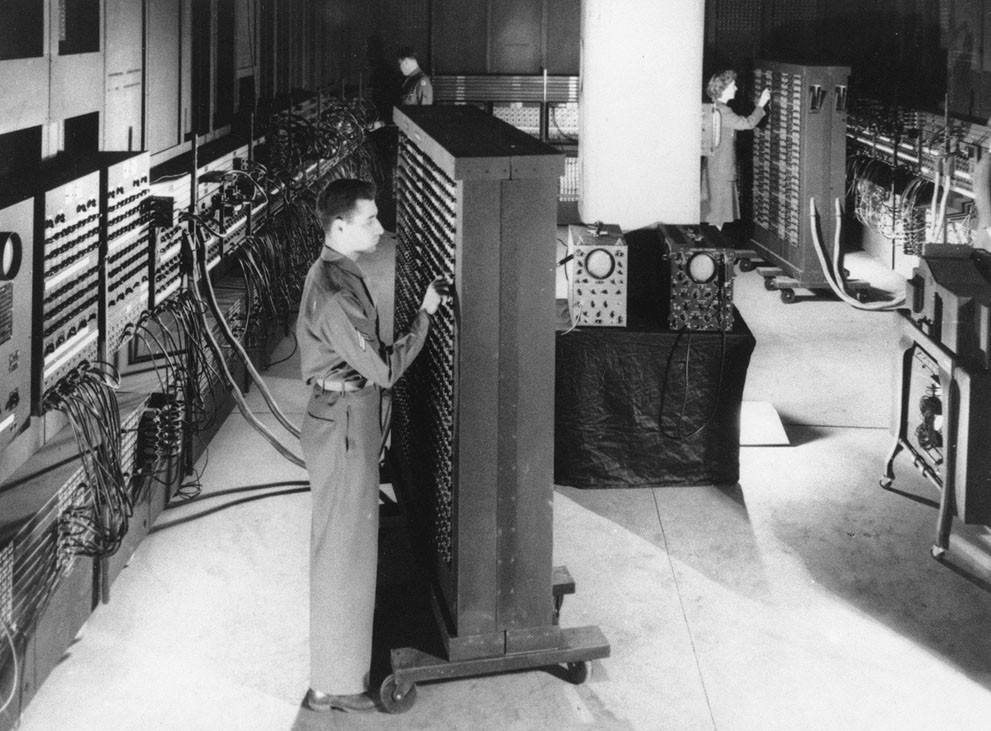John Harrell stands as a pivotal figure for Indiana high school football enthusiasts. For decades, his diligent data collection has formed the backbone of computer ratings and statistical analysis, deeply influencing how fans, coaches, and analysts understand the landscape of Indiana high school football. This article delves into the significance of John Harrell’s contributions, particularly within Jeff Sagarin’s renowned rating system.
 Jeff Sagarin's Computer Room
Jeff Sagarin's Computer Room
John Harrell’s name is synonymous with accurate and comprehensive Indiana high school football data. Since 1981, his meticulous scorekeeping has been instrumental in powering Jeff Sagarin’s computer ratings, a system widely respected for its predictive accuracy and depth of analysis in high school sports. Fans and analysts alike owe a significant debt to Harrell for his dedication to maintaining and providing this crucial data, which ensures the Sagarin ratings remain a trusted source for understanding team performance and strength.
The Sagarin ratings, fueled by John Harrell’s data, offer a multifaceted view of team performance. The system employs several key metrics to evaluate and rank Indiana high school football teams. The overall RATING itself is a composite score, synthesized from three distinct score-based methods: PREDICTOR (also known as PURE_POINTS), GOLDEN_MEAN, and RECENT. This synthesis aims to provide a balanced and robust measure of a team’s overall strength, making it a reliable predictor for upcoming games.
- PREDICTOR (PURE_POINTS): This method focuses solely on game scores, asserting that the final score is the ultimate determinant of team strength. It’s highly valued for its effectiveness in predicting future game outcomes.
- GOLDEN_MEAN: Similar to PREDICTOR, GOLDEN_MEAN also uses game scores but employs a different mathematical approach to assess team performance. Its score-based nature makes it a complementary predictor to PURE_POINTS.
- RECENT: This score-based method places greater emphasis on a team’s recent performance, weighting recent games more heavily than those played earlier in the season. This metric is particularly useful in tracking team improvement or decline as the season progresses.
- SCHEDULE STRENGTH: Beyond team ratings, the Sagarin system also calculates schedule strength. This metric represents the rating a hypothetical team would need to have a 50% mathematical expectation of winning against the schedule played by a specific team. It considers both the opponent’s rating and the game location, providing insight into the difficulty of each team’s schedule.
To use these ratings for game predictions, simply compare the RATING of the two teams in question. A key factor to consider is home advantage. The ratings output provides a HOME ADVANTAGE figure (which varies across different rating types), typically around 2 points. To predict the outcome, add the home advantage to the home team’s rating and compare it to the visiting team’s rating. For example, if a home team has a rating of 92 and the visitor has 90, with a home advantage of 2, the home team is favored by 4 points (92+2 – 90 = 4).
John Harrell’s contribution extends beyond mere data provision. His accuracy and diligence in collecting game scores since 1981 have ensured the long-term reliability and credibility of the Sagarin ratings for Indiana high school football. His work is a cornerstone of the Indiana high school football community, allowing for in-depth analysis, fair rankings, and a deeper appreciation of the sport across the state. For anyone seeking to understand the true dynamics of Indiana high school football, John Harrell’s data and the Sagarin ratings offer an invaluable resource.
Access the full, updated Indiana High School Football rankings and data to explore the latest ratings and delve deeper into team statistics powered by John Harrell’s data. Remember to refresh your browser to ensure you are viewing the most current information.
